Day three of our road trip was to our ultimate destination. We ventured west from Busua to Beyin which is close to the border of Ivory Coast. It was a rough drive that took us through miles of road construction. What should have been two hours took us four. We arrived just after noon, it was Monday so we were the only ones there. I didn't know what to expect, I had seen some pictures online but things are always a bit different once you get there. We had heard that the residents had protested about the tourism in the village. They were frustrated with the fact that visitors had increased while their living conditions had not improved. Having lived in Ghana now for several months these issues are not a surprise. It's a complicated and I wish I knew more about how things worked here but I don't so I'm not going to get into that too much. I will tell you what I experienced.
Alex, Wisdom and Mark, our new Canadian friend board the boat with our tour guide. We met Mark in Busua where we stayed for a couple of day and invited him along on our trip to Nzulezu.
We paid the fee to get a tour guide who paddles you out there in a boat. It was about 20 cedis for foreigners and less than half that for Ghanaians. Once there, our group was required to make an offering to the representative of the chief which amounts to 20 cedis or a bottle of schnapps. Yes, schnapps, libation is normally used for religious rituals and that was an acceptable offer. Had we known, we'd have stopped by a liquor store on our way there. Anyhow, it takes up to an hour to paddle to the village but we had a couple of extra oars that some of us used so we made it in about 45 mins.
We paddled through the wetlands in a channel from Beyin to the lake. Along the way we saw some locals making their way to and from the village. As we began to see the village in the distance it didn't seem like much at first but we were still pretty far away. The structures were close to the left bank as we arrived. The water in around around the village is not too deep and there are sections of land that some of the structures butt up against. So it wasn't in the "middle" of the lake as in being surrounded by water on all sides, but they do live on the water and are very isolated from everything in the area.
We approached Nzulezu in the afternoon along with some of the locals who came from across the other side of the lake.
We got to the village and it was like any other village but on stilts. Some of the houses had electricity and one had a satellite dish. The main boardwalk was lined with waste bins. There were a couple of drinking establishments and a restaurant that were made to accommodate foreign visitors. The prices are too high for the locals so they're pretty empty most of the time. We ate at the restaurant before we headed back, it was pretty good.
Before we got to the village we were told to ask before taking pictures of people. As much as it is a tourist destination it's where these people live. My photojournalistic instincts told me to shoot at will but I refrained out of respect to the locals and I didn't want to go through the hastle of asking everyone beforehand. I suspect at the height of tourist season, they must get hundreds of people per day staring at them and taking pictures. I'm pretty sure I'd get a bit annoyed after one weekend of that. So I decided to keep it cool with the photos.
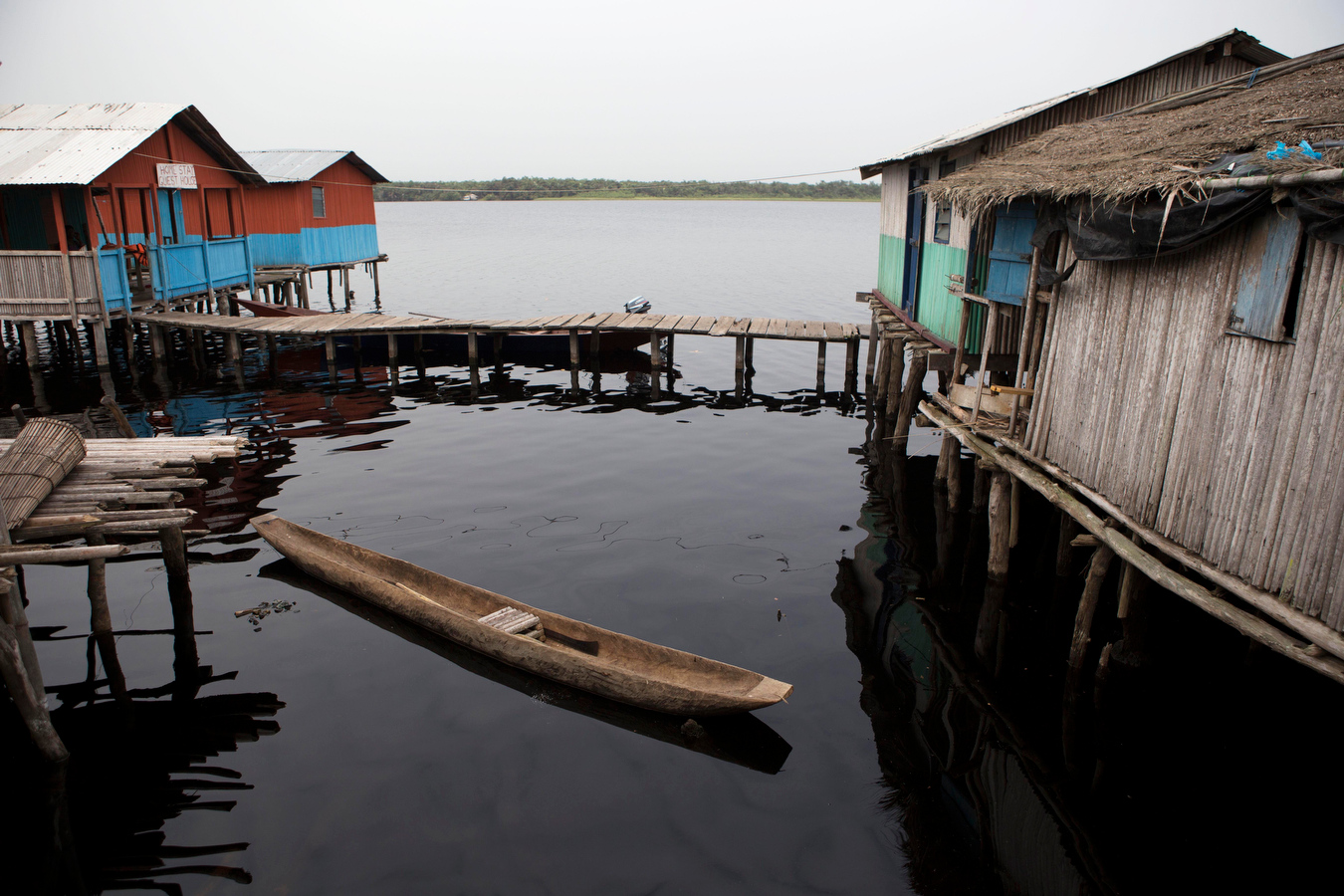
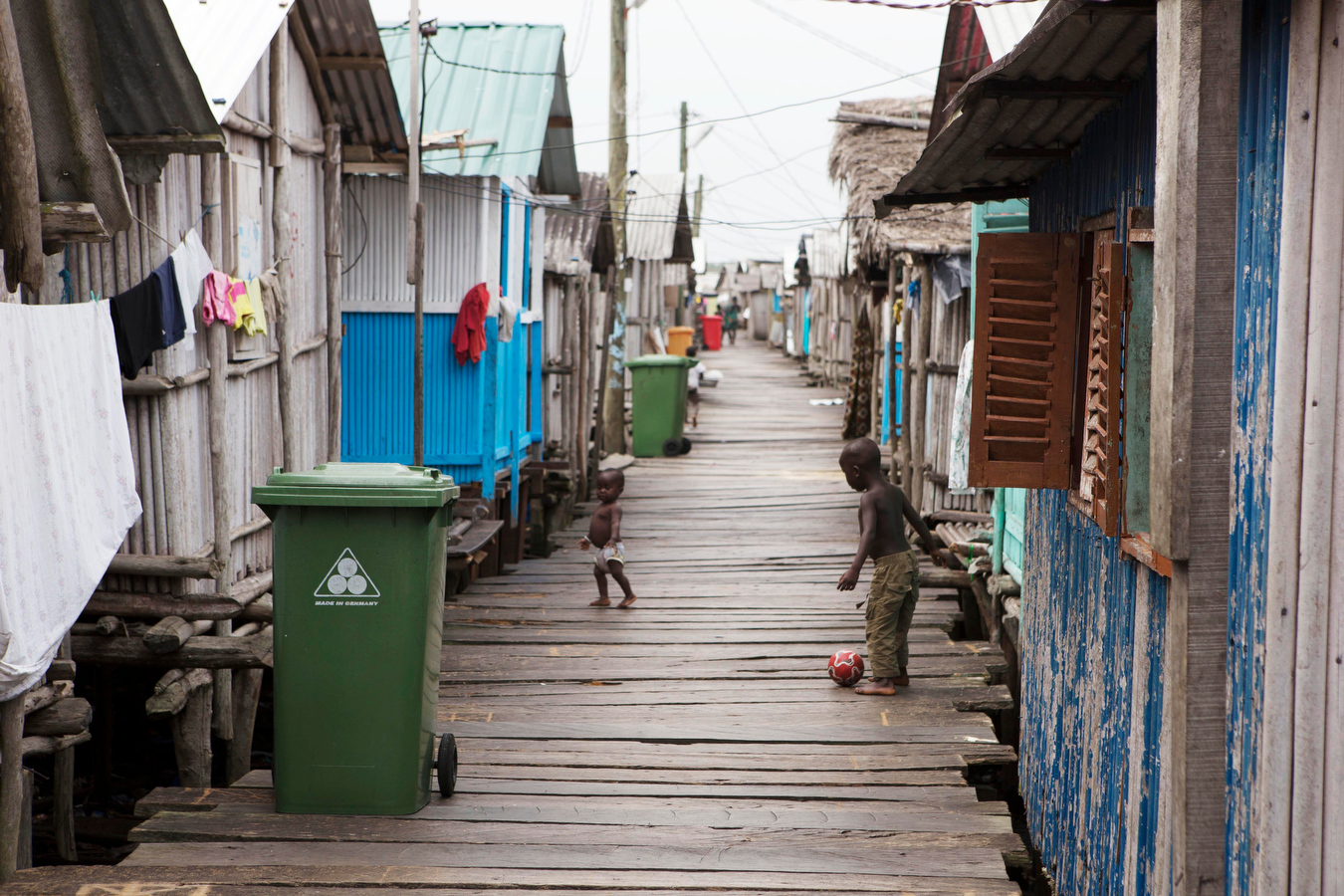
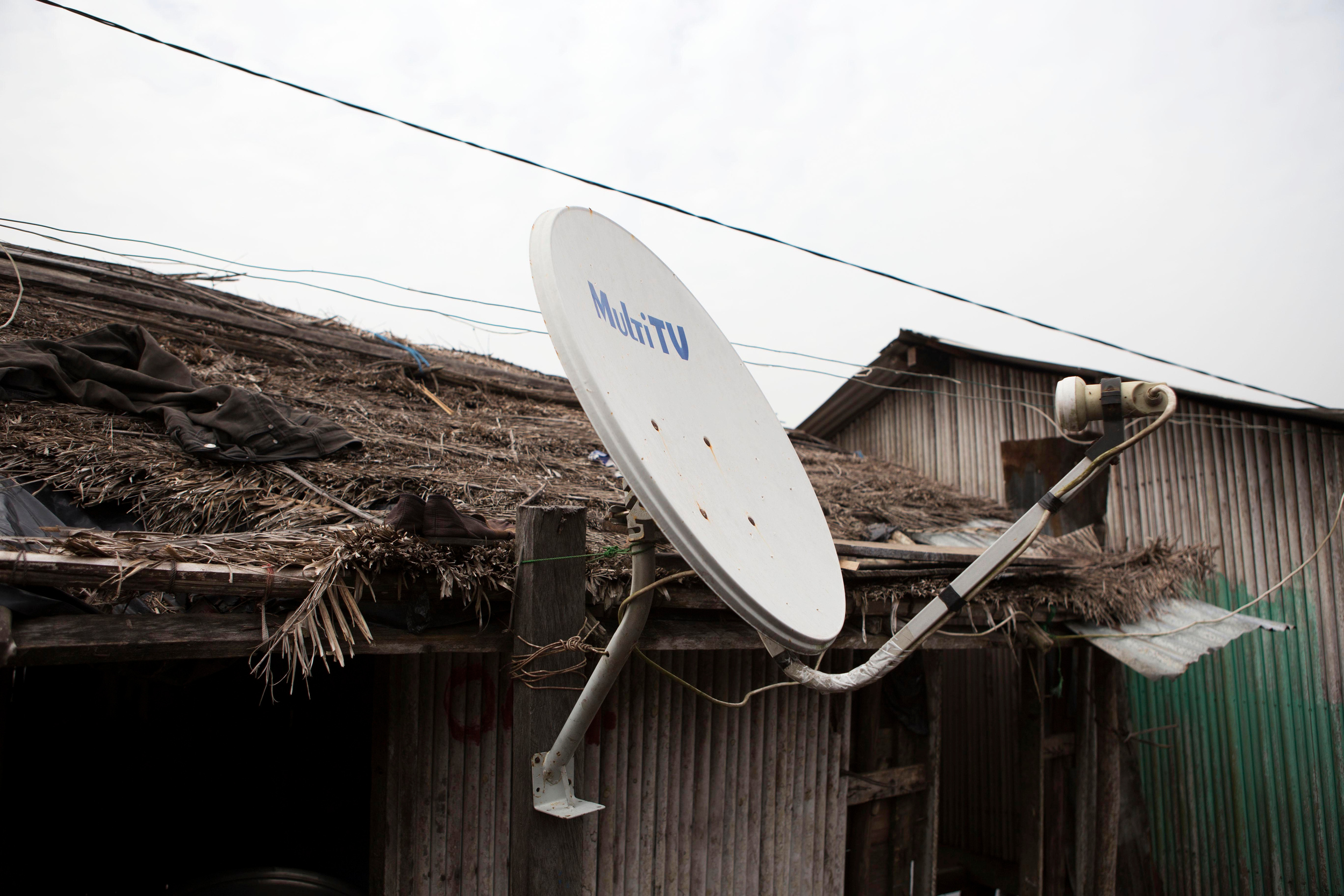
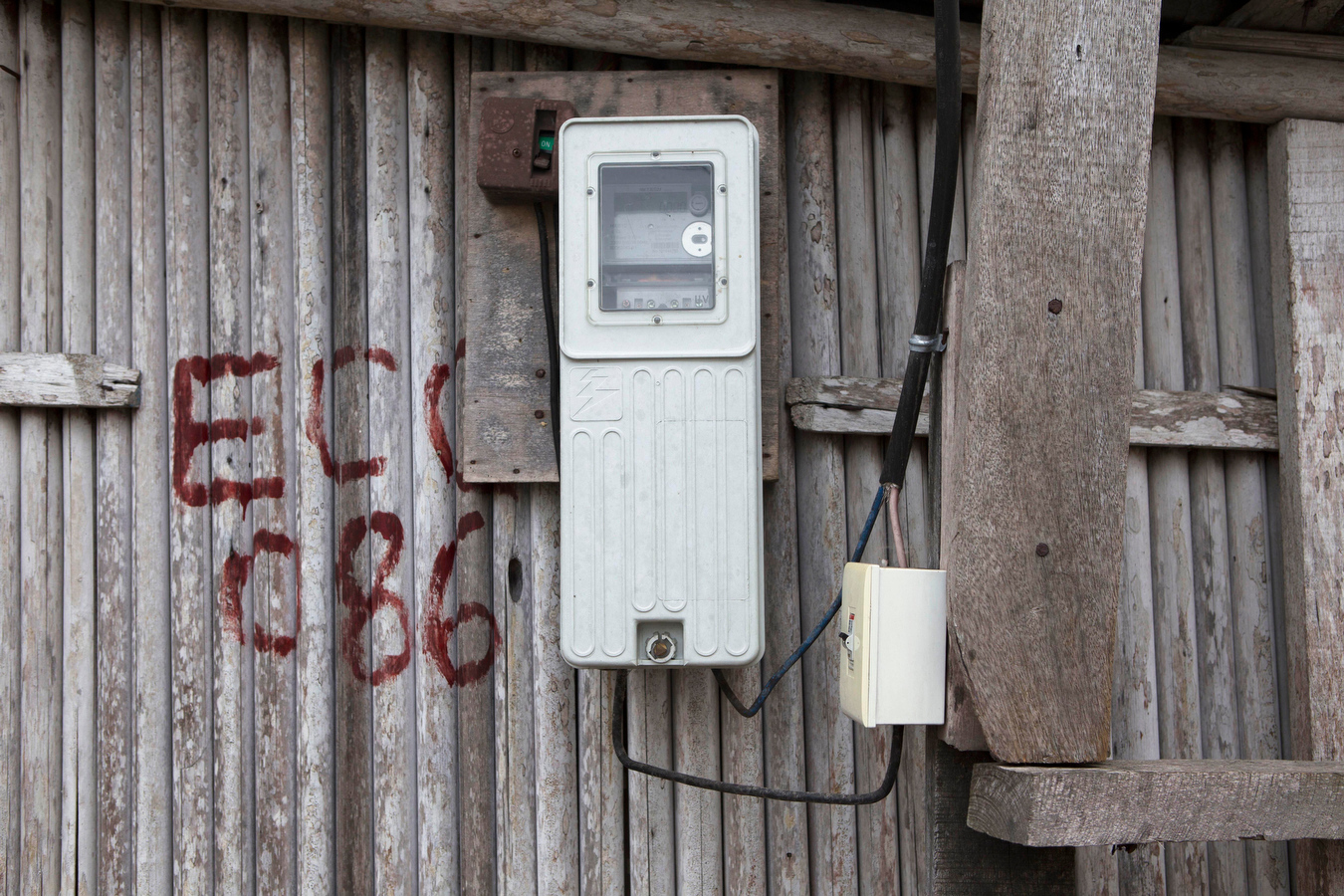


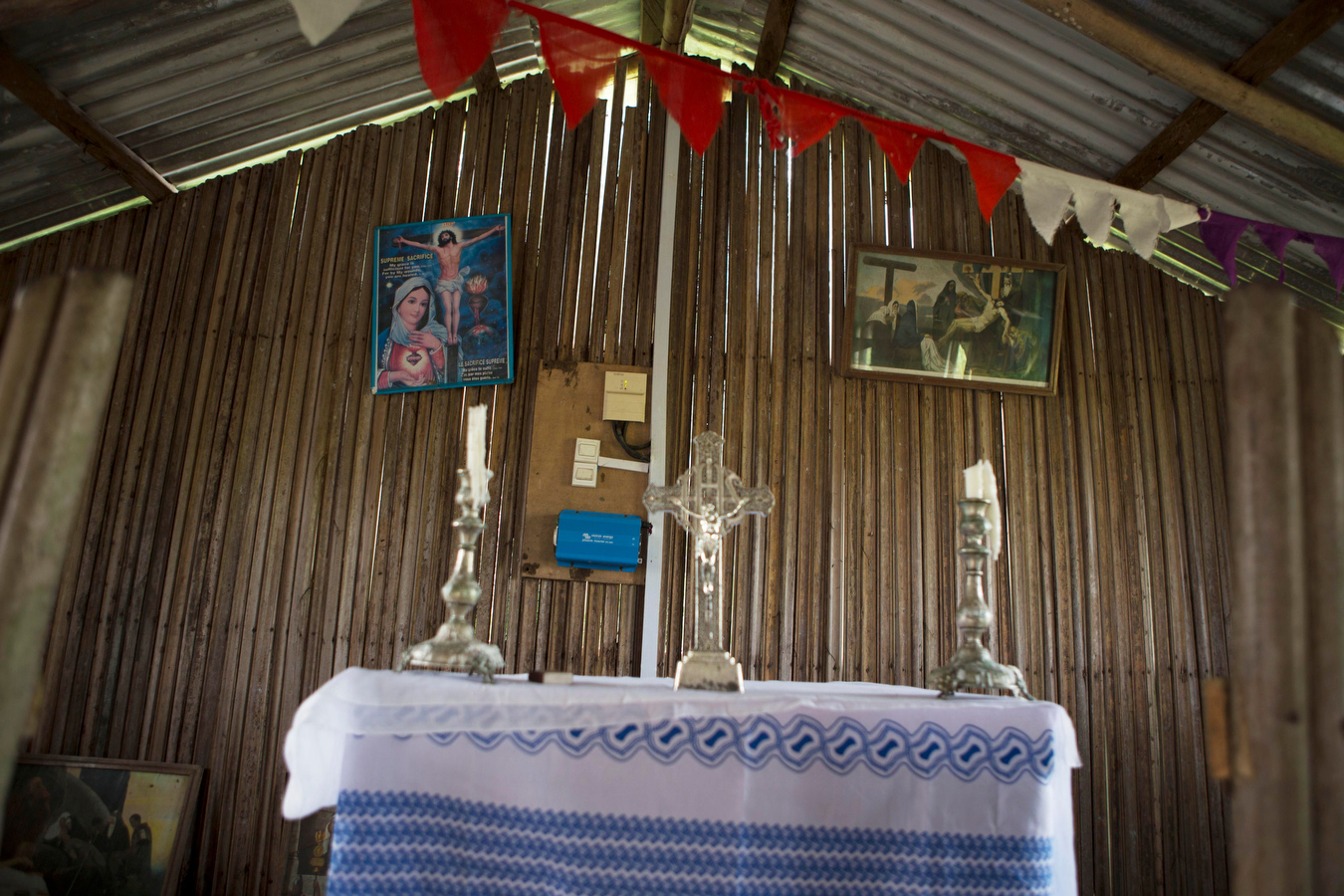
This is where the chief goes to communicate with their god. It is the sacred place just 10 yards from the church. It was this god that told the forefathers of the village back in Mali to flee conflict and create a village on water where nobody could find them.
Classrooms look pretty cramped but I suspect in a small village like this the space is adequate. There are about 4-5 classrooms for primary education. They have to paddle into town for Junior High and Senior High School.
Trying to imagine teaching in a classroom on stilts. The structure was pretty sound and there was good cross ventilation. I kinda miss the old chalk boards.
These kids were on a section of land playing soccer as best as they could within the cramped space. On the left is laundry hanging on a line. Overall the children were very curious and friendly.
On our way back to land we passed by school children making their way back to the village. They make the trip every day to and from school in their dugout canoes.
I enjoyed the trip but couldn't help but feel intrusive. In some ways I felt more intrusive as a tourist than I had as a journalist in the past. The village was created there to get away from others and now they're people from far and wide coming to see how they lived. I know that the money from the tours are going to preserve the wetlands and the wildlife there, but I'm not sure how much the tourism benefits the locals.
I definitely wouldn't recommend going there during the busy season if you're with a lot of people. It would ruin the peaceful and calm that you feel being on the water. It would have been nice to spend a few days there to get to know the locals and to chill out a bit. There's something about being on or near water that is peaceful. This road trip was good in that way. This lake, the coast and all the little villages we visited were very relaxing. I didn't want to return to the busy streets of Accra or even the noisy campus in Legon but I had work to do.







